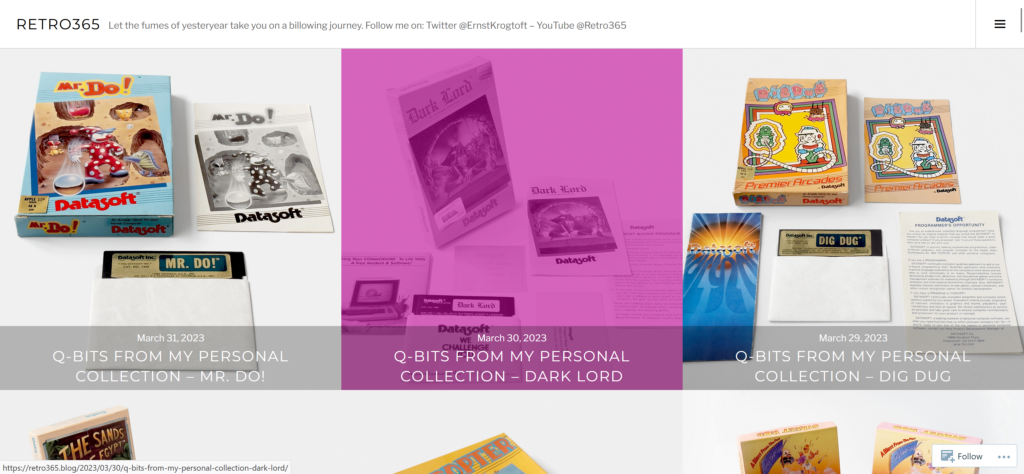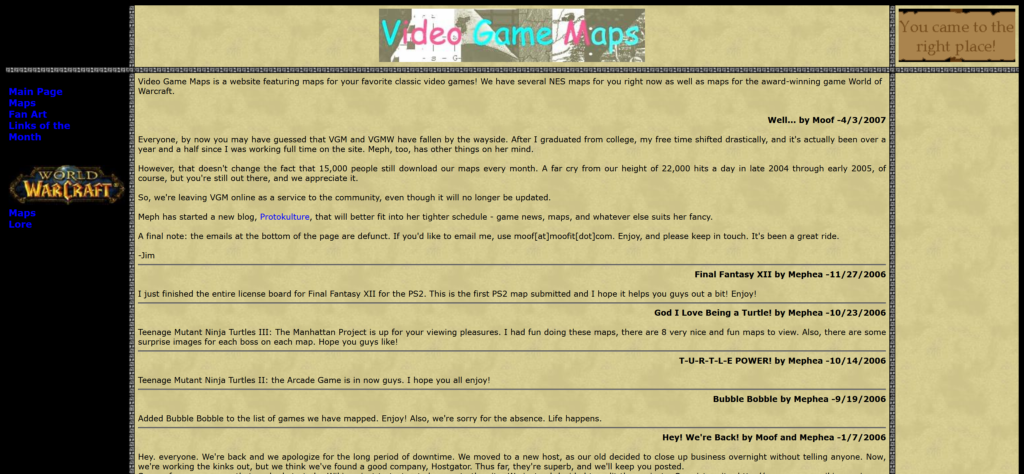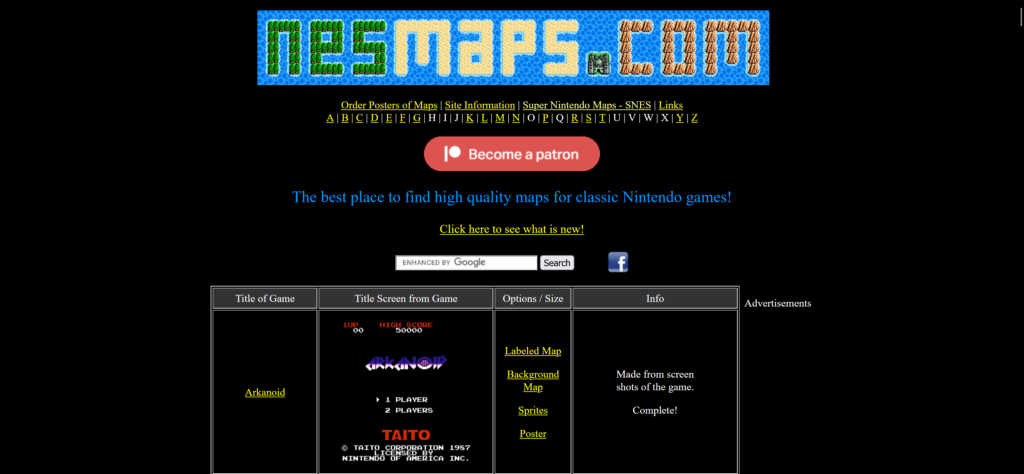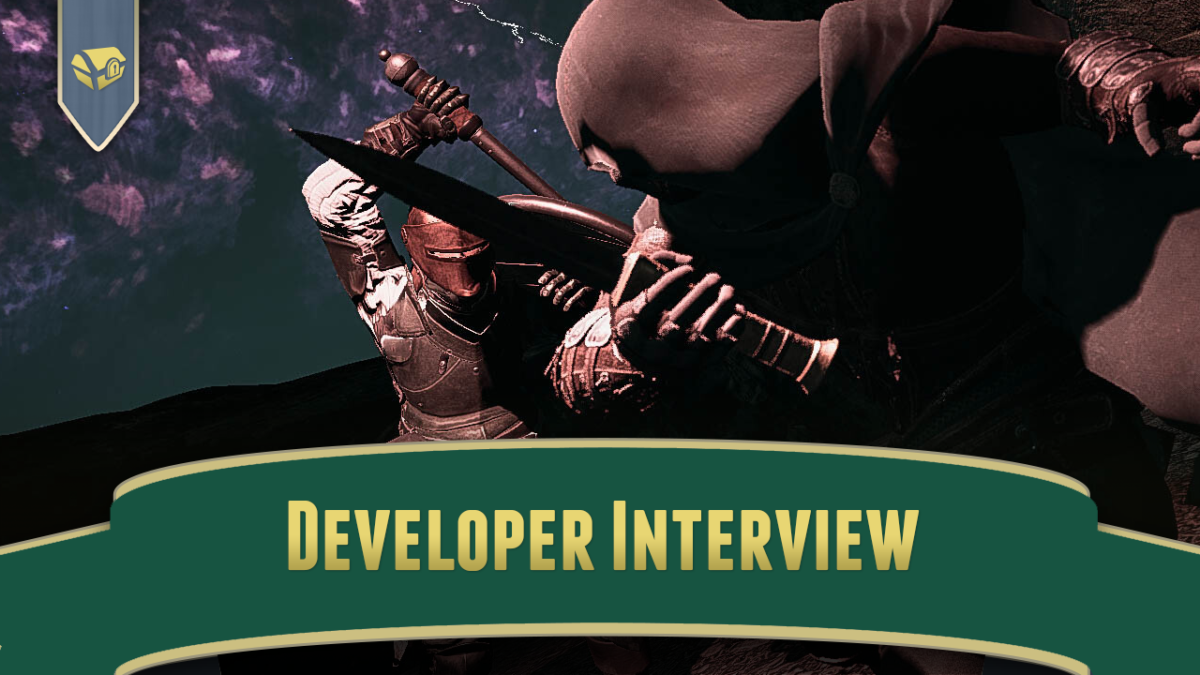Pringus McDingus brings us another well-animated bit, this time with Sonic characters instead of the usual Mario characters, animated to sound clips from Community. It’s fun!
Year: 2023
St1ka Points Out Neglected 8-Bit Games
St1ka is an interesting Youtuber from Portugal who often covers the Brazilian gaming beats. I should link to him more often when he does videos on his standard beat, as the gaming scenes outside of the US, Europe and Japan don’t get nearly as much exposure as they should.
This time though he is looking at retro gaming with a more general focus, pointing out interesting titles from decades past. They’re not making nearly as many 8-bit titles as they used to, so finding a cool old game you’ve never tried is almost as good as if they were making them now!
The games covered are:
- Konami’s Getsu Fuuma Den, Japanese horror for the Famicom,
- Rod Land, a single-screen arcade platformer with a good Famicom port,
- Kickmaster, a deep combat action game for the NES,
- Lunar: Walking School for Game Gear, a Game Arts-produced spinoff JRPG of the main Lunar series that doesn’t have much to do with its origin, and has a happy slice-of-life anime feel,
- Psychic World for the Sega Master System, a neglected platformer where you pick up magic-like powers as you progress, which got a Game Gear port with unexpected differences, and both deriving from a Japan-only MSX version with its own differences,
- Power Blade and Power Blade 2 for the NES, and the Japanese version of the first one, Power Blazer, stylish action platformers akin to Mega Man, but staring an Arnold Schwarzenegger clone who wields boomerangs, except in Japan where you play as a serious-looking little kid,
- Cave Noire, a roguelite game for Game Boy that I’ve written about in the past, and personally vouch for,
- Daikatana for Game Boy Color, a 2D and rather improved version of the infamous 3D PC game,
- Power Strike II for the SMS, or its Game Gear remake that’s completely different, but they’re Compile shooters so you know they’re going to be awesome, and really you can’t go wrong with any Power Strike/Aleste game, or ZANAC or The Guardian Legend on NES come to mention it,
- Queen Fighters 2000, a bootleg game for Gameboy Color that outright cribs the style from Gals Fighter for NeoGeo Pocket Color, but also includes a bunch of random characters from other properties for the hell of it, since being a bootleg game anyway why not,
- Aliens Neoplasma is a 2019 release for the Spectrum that makes excellent use of that system’s graphical quirks to increase the game’s atmosphere,
- the action RPG Dark Arms for the NeoGeo Pocket Color,
- early survival RPG Survival Kids for the Game Boy Color,
- Phantis, a cross-genre sci-fi game for the Spectrum,
- Shatterhand for the NES, which feels inspired by Batman on the same system, and
- Kabuki Quantum Fighter, also for the NES, which also seems inspired by Batman in its play style, and was also developed by Hal Laboratory.
INCREDIBLE 8-BIT Hidden Gems You Never Played (Youtube, 41 minutes)
Fumble Dimension: Breaking 1,000 Points in Madden 22
It’s been about five months since we looked back at Jon Bois’ Breaking Madden’s Super Bowl game where they set one team up to maximum stats, the other team at minimum stats, and just ran up the score. They found out that Madden 2013 stopped counting score at 255 points. Counting manually, at around 1,500 the game called a penalty on a play that wasn’t run, and the instant replay presented the most frightening image a sports video game has ever generated, the Football Fetus:

They stored a team’s score in a single byte in 2013! It was a striking example of how EA Sports, without competition for decades, basically views Madden as a no-effort money printer. Licensed NFL football is either Madden or nothing. What are you going to do, play with no-namers? Pshaw!
Breaking Madden is like ten years old now, and the rights situation hasn’t changed. EA Sports continues to squat possessively on its golden football egg, with no end in sight. But Breaking Madden made some internet waves in the time since. Maybe they’ve gotten their development act together? Maybe?
In the time since then SBNation has switched these kinds of things that they do to Youtube videos, and rebranded them as Secret Base. Jon Bois has become quite the Youtube sensation there in the time since, making a lot of very well-regarded internet documentaries.
One of the Secret Base subseries is called the Fumble Dimension, which is a similar kind of attempt to break sports video games, just in video. About 11 months ago they (mostly Jon’s associate Kofie) again took a hammer to the most recent Madden, 22 at that point, and tried to run up the scoreboard. This time though they did themselves. No, they didn’t try to win against an inferior team. They played a team to lose, against a team set at maximum AI, and tried to let the computer score as much as possible. Here it is (23 minutes).
The good news is, the score no longer ceases to count after 255 points. The score is free to rise up over 1,000. The game’s final score broke 1,700, and didn’t break 2,000 only because Kofie was feeling hugely bored playing terribly on purpose for play after excruciating play. They theorize that 7,000 may well be popular with optimal sub-optimal performance, but they leave that demazing feat to some other intrepid failure.
But while they have wisely decided to store player scores in more than one byte now, there were several other hints that Madden 22 is just as haphazardly constructed as Madden 13 was. Players would try to run off the field, held back only by the walls of the stadium. The announcers announced a lengthening series of safeties each as the “second safety of the game.” And while the score counted correctly, an assortment of player stats were scored increasingly inaccurately as the self-induced drubbing continued, some dipping into the negative as they grew, a sure sign of uncapped signed values.
When I posted on Breaking Madden, I took the opportunity to diatribize about the decay of the Madden games, and how the series should either be given renewed resources or the license just be allowed to pass to other hands. I won’t bore you with yet more harping on the point now, I’ll just say, please NFL, hand your license over to someone who actually seems to care.
Fumble Dimension: We tried to break the Madden scoreboard (Youtube, 23 minutes)
Another Retro Blog: Retro365
If blogging is ever going to come back from its loss to social media, it’s going to have to be from going more social itself. By that I mean links between blogs, making it easier to surface sites to others. Not only directly, but by helping to raise each other’s Google rank, although I think time has shown that Google is a fickle friend to people producing material for the Web, any site prominence you gain can easily be wiped away the next time they change their algorithm. Bigsites naturally get traffic just from being established, and other sites try to become big by gaming their placement with hyper artificial SEO techniques. Meanwhile us littlesites have to succeed largely by being interesting and direct views, as well as what traffic we can gather through followers through RSS, social media, Patreon and other sources. And there’s no reason not to help each other out. We’re not in competition between us. Any cross link, wherever, strengthens us all.

Here’s one from me. Retro365 has a vast collection of gaming media from the earlier days of home computing, and has been going for about three years now. They’ve got lots of demonstrated software on their Youtube channel. If you have an interest in learning about, or just seeing this stuff, they’ve got plenty for you.
Here’s a few choice items from their channel. There’s the classic CGA DOS game Paratrooper (the player doesn’t last long, only a minute):
Dungeon! for Apple II, published by TSR themselves in 1982 (32 minutes):
Oil’s Well for the Atari 400 and 800, a variant of the arcade game Anteater (8 minutes):
And a complete playthrough of comedy adventure game classic Sam & Max Hit the Road for PC (an hour and 47 minutes):
Retro365 blog, and on Youtube.
Dynasthir Developer Interview
For this perceptive podcast, I sat down with Mireneye from Twinlake Minstrals to discuss developing their first major game Dynasthir — a 3D action RPG. We spoke about their goal in developing it, working in Unreal, and other aspects of the game’s development.

Owner of Game Wisdom with more than a decade of experience writing and talking about game design and the industry. I’m also the author of the “Game Design Deep Dive” series and “20 Essential Games to Study”
Folding Ideas: Why It’s Rude To Suck At World of Warcraft
Another another video again once more! And this is a big one. Dan Olson of Folding Ideas tends to post long-form, movie-length videos on its subjects. They were the toast of the internet for a while after their brutal takedown of NFTs and cryptocurrencies (2h 18m), which was recently followed up by an equally detonative look at NFT-based libertarian techbro virtual world Decentraland (1h 49m-I told you they were long).
Between those two worthy video conflagrations they produced a video that is rather in our backyard, a one hour, 24 minute vid-essay on who World of Warcraft became a place where playing sub-optimally isn’t just frowned upon, but came to be seen as anti-social. If you’re interested in the social aspects of MMORPGs, It’s worth devoting an eleventh of a day’s waking hours to!
What’s really interesting here is something I’ve been worried about with older video and computer games for a while. Games that manage to still be popular over a lot period get focused on, dissected, sometimes disassembled, and laid out so that they have no secrets. Their audience both focuses on them, and both seeks out ways to play them better, and reasons to play them better.
That’s where speedrunning comes from, and that’s the thing-what’s happening in WoW is just what’s happening to classic gaming in general. It’s become a degraded form of play, almost, to come to a game completely new. I’ve bought into this too, occasionally leaving a message on a Youtube video of someone playing sub-optimally giving a couple of helpful tips. Really though there’s no need. If they wanted to do that, the avenues are available to them. There’s already plenty of people trying to play, say, Castlevania III in the best possible way.
World of Warcraft is 19 years old now, and even has an entire official alternate version that duplicates the game experience from launch. During that time the expert-level strategies that were discovered by players after long observation and practice have become ubiquitous lore. Even if you’ve never read a FAQ or watched a tutorial video, just from hearing other players talk about the game and watching them, a lot of it will seep in.
As a result, not only can’t a long-time player go back to how they experienced the game at launch, because they know too much, but even new players can’t, because the community around them is filled by those players who know that much.
There’s lots to think about here. Especially if you’ve played World of Warcraft before, but also if you haven’t. (I haven’t!) Also note that the video is consciously patterned after Jon Bois’s videos for SBNation and Secret Base. Here in 2023, that’s a comforting reference.
Why It’s Rude To Suck At Warcraft (Youtube, 1h24m)
More Game Map Sites
We’re still searching for old game info sites that are still up in 2023. Another couple of use are Video Game Maps, last updated in 2007 but still available, and Revned’s Video Game Maps, which saw its last edit in 2016, but is mirrored on Github.

For the past 20 years it’s felt like any game information you could ever hope to find is out there on the World Wide Web, somewhere, but as both the people who grew up playing these games grow old, and the drive and motivation to start and maintain websites has diminished with the popularity of social media, this is increasingly no longer the case. Sometimes you can find vanished websites on the Wayback Machine, but it’s a lot harder to find things there, Wayback often misses images, their web archives are often incomplete, and server-side scripts are broken by archiving so dynamic content is usually dead, the page contents locked in the state it was at when the time of archival.
VGM: Maps and Strategies! and Revned’s Video Game Maps
NES Maps and SNES Maps

I’ve banged this drum a lot lately it feels like, but I have to reemphasize that the internet is not forever, and as Ryan North has told us lately, even the most popular website in the world is one missed bill from disappearing, probably forever. As this happens more and more often, big and well-funded content hosts like Fandom and Github persist, while smaller, independent information sources tend to fall away, which results in a rich-get-richer feedback loop. Independent sources of accurate information are so important, no matter the subject. It is difficult to fault anyone unwilling to keep content up and updated for a large portion of their lives, but whenever it happens, I appreciate it.

So I’ve been trying to celebrate the best, most long-lived websites out there, and NES Maps, and its sister site SNES Maps, qualifies, going back to around 2006. That’s 17 years! And it’s still there, quietly providing maps of just about any NES game you might want to find information on.
It’s not perfect. Their labeled maps of Castlevania III, I discovered just now, are incomplete, cutting off after Block 5, promising that more is coming soon for who knows how many years. But most other games have complete maps, including a number of Japanese-only title. It’s truly a great resource, and I hope they can figure out a way to keep it going for the long term.

